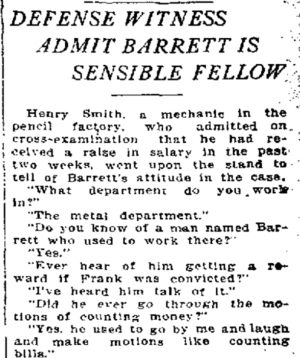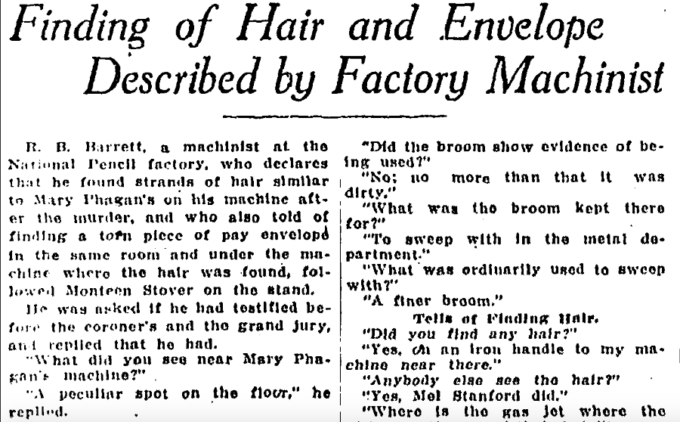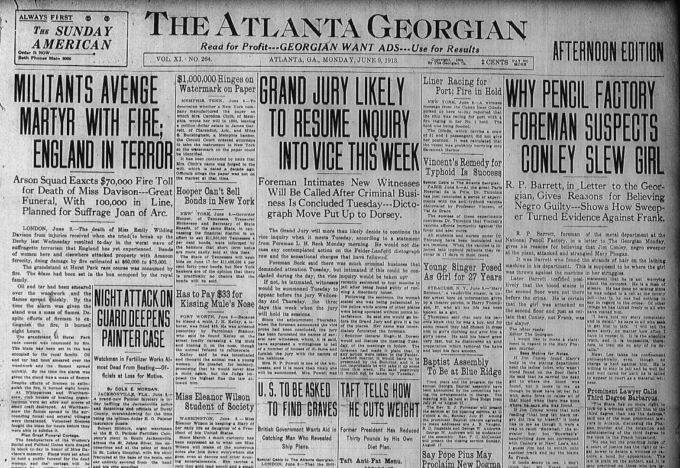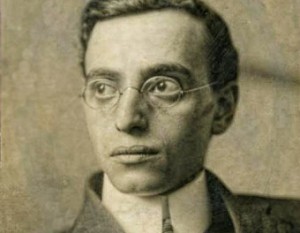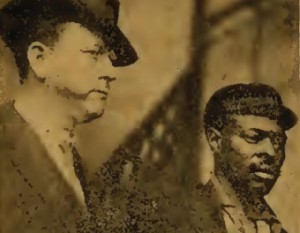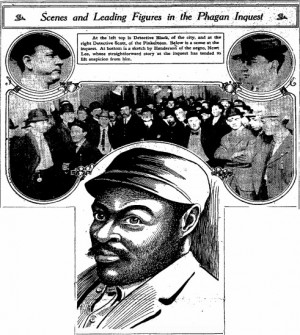Another in our series of new transcriptions of contemporary articles on the Leo Frank case.
Atlanta Constitution
August 15th, 1913
Henry Smith, a mechanic in the pencil factory, who admitted on cross-examination that he had received a raise in salary in the past two weeks, went upon the stand to tell of Barrett’s attitude in the case.
“What department do you work in?”
“The metal department.”
“Do you know of a man named Barrett who used to work there?”
“Yes.”
“Ever hear of him getting a reward if Frank was convicted?”
“I’ve heard him talk of it.”
“Did he ever go through the motions of counting money?”
“Yes, he used to go by me and laugh and make motions like counting bills.”
Cross-examination by Hooper.
“This man Barrett was a sensible fellow, wasn’t he?”
Arnold objected, but was overruled.
“Yes.”
* * *

